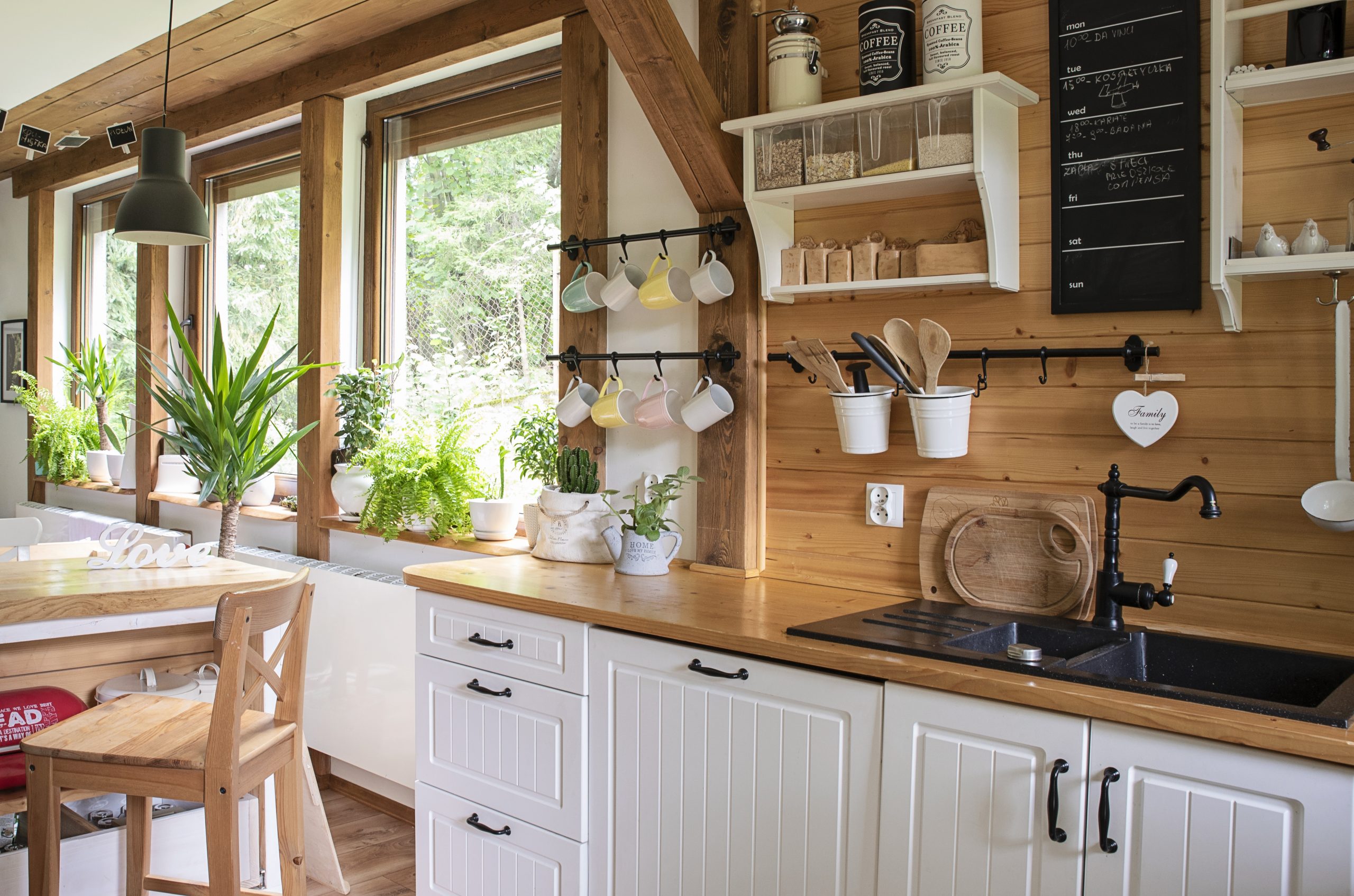Planning Your DIY Beadboard Kitchen Cabinet Project: Diy Beadboard Kitchen Cabinets

Transforming your kitchen cabinets with beadboard is a fantastic way to update your space without breaking the bank. This project, while rewarding, requires careful planning and preparation. Let’s dive into the essentials to ensure a smooth and successful makeover.
Necessary Tools and Materials
Gathering the right tools and materials beforehand is crucial for a seamless DIY project. Having everything ready prevents frustrating delays and ensures a more efficient workflow. The specific quantities will depend on the size and number of your cabinets, so always overestimate slightly to avoid running short.
| Beadboard Panel Type | Pros | Cons | Cost (Approximate) |
|---|---|---|---|
| PVC Beadboard | Moisture resistant, lightweight, easy to cut and install, relatively inexpensive | Can appear less realistic than wood, may scratch more easily | $10-$25 per sheet |
| Wood Beadboard (e.g., MDF, Pine) | More realistic look, durable, can be painted or stained | Heavier, more expensive, requires more careful handling and cutting, susceptible to moisture damage | $20-$50 per sheet |
| Real Wood Beadboard | Premium look and feel, very durable, can be refinished | Most expensive, requires significant care and maintenance | $50+ per sheet |
Preparing Your Kitchen Cabinets
Accurate measurements and careful preparation are key to a professional-looking finish. Take your time with this stage; rushing here will lead to issues later on.
- Clean the Cabinets: Thoroughly clean your cabinets to remove grease, grime, and any old finishes. This ensures proper adhesion of the beadboard and adhesive.
- Measure and Mark: Carefully measure each cabinet door and drawer front. Mark the dimensions directly onto the beadboard panels to ensure accurate cutting.
- Cut the Beadboard: Use a sharp utility knife or a circular saw with a fine-tooth blade for clean cuts. Remember to wear appropriate safety gear like gloves and eye protection.
- Prepare the Adhesive: Follow the manufacturer’s instructions for your chosen adhesive. Ensure it’s suitable for both the beadboard material and your cabinet surfaces.
- Test Fit: Before applying the adhesive, do a test fit of the beadboard panels on the cabinet doors and drawer fronts. This allows for adjustments before committing to the adhesive.
Beadboard Design Options
The beauty of a beadboard makeover lies in its versatility. You can choose a style that complements your existing kitchen design and personal taste.
- Full-Coverage: This option completely covers the cabinet doors and drawer fronts with beadboard, creating a dramatic and cohesive look. Imagine a pristine white beadboard covering all your cabinets, giving a classic, clean feel.
- Partial Panels: This involves applying beadboard to only a portion of the cabinet doors or drawer fronts, creating a more subtle accent. For example, you could apply beadboard to the center section of each door, leaving the edges exposed.
- Accent Strips: Use thin strips of beadboard as decorative accents around the edges of your cabinets or as borders on the doors. This adds a touch of elegance without overwhelming the space. Think of thin, painted beadboard strips framing the edges of your existing cabinet doors for a refined touch.
Advanced Techniques and Considerations

So, you’ve tackled the basics of beadboard cabinets. You’re ready to move beyond the simple rectangular boxes, right? Let’s dive into some seriously cool techniques that’ll elevate your DIY game and make your kitchen cabinets truly unique. We’re talking about pushing boundaries, solving problems, and adding that extra touch of “wow” factor.
Beadboard on Uniquely Shaped Cabinets
Let’s say you’ve got a curved cabinet, a corner unit with a funky angle, or maybe even a hexagonal pantry. Don’t let unusual shapes intimidate you! The key is precise measurement and flexible thinking. For curved cabinets, pre-cut your beadboard into narrow strips, carefully following the curve’s radius. Think of it like creating a mosaic, meticulously fitting each piece to conform to the shape. For angled units, you might need to miter the edges of your beadboard at precise angles, ensuring a seamless transition. Visualize it: imagine a corner cabinet where the beadboard flows smoothly around the corner, creating a visually stunning, unbroken line. The secret sauce? Patience, precise cuts, and a healthy dose of problem-solving. You’ll need to use a coping saw for curved cuts and a miter saw for angled cuts for maximum precision. Dry-fitting before gluing is crucial.
Distressing Beadboard Cabinets: Methods and Techniques, Diy beadboard kitchen cabinets
Giving your beadboard cabinets that lived-in, charmingly aged look is easier than you think. There are a few ways to achieve that perfect distressed finish. One approach is using a dry-brushing technique with a dark-colored paint. Lightly brush the paint over the beadboard, focusing on the edges and raised areas to create a sense of wear. Imagine the paint subtly highlighting the grooves, giving the impression of years of use. Another method involves applying a layer of glaze over the painted beadboard. Then, use a rag to wipe away excess glaze, revealing the base color in certain areas. This creates a subtle, uneven patina that enhances the aged look. A more dramatic approach involves using sandpaper to lightly sand down the edges and high points of the beadboard, revealing the wood underneath. This gives a truly authentic, worn look. Consider using different grit sandpaper for varying levels of distress. Finally, you could combine these techniques for a multi-layered effect. A combination of dry brushing and glaze would create a sophisticated, subtly aged look, while sandpapering followed by a glaze would produce a more pronounced distressed finish.
